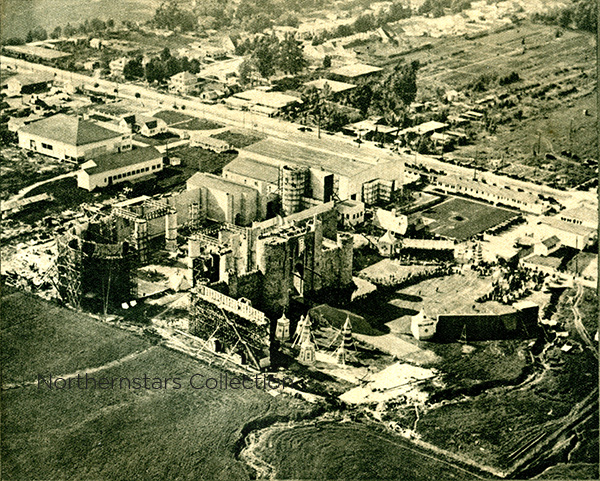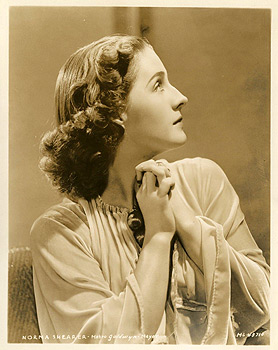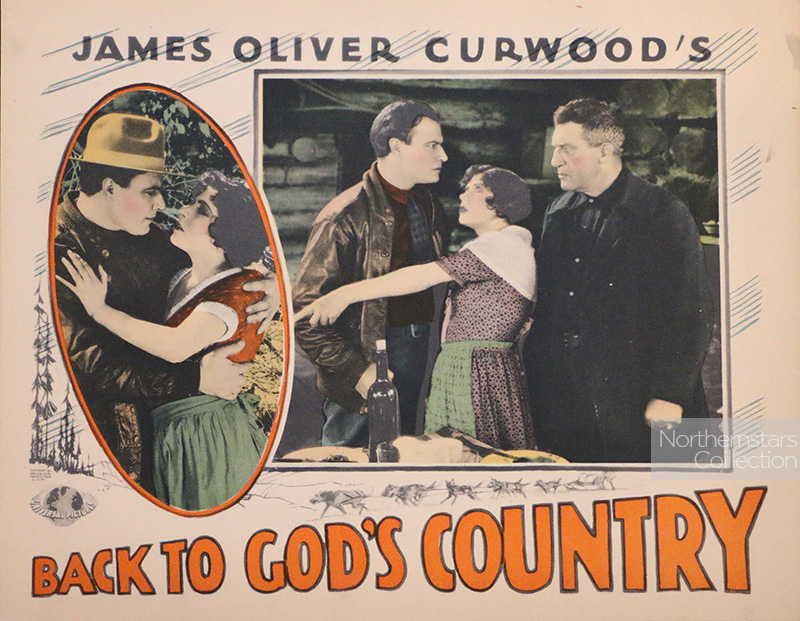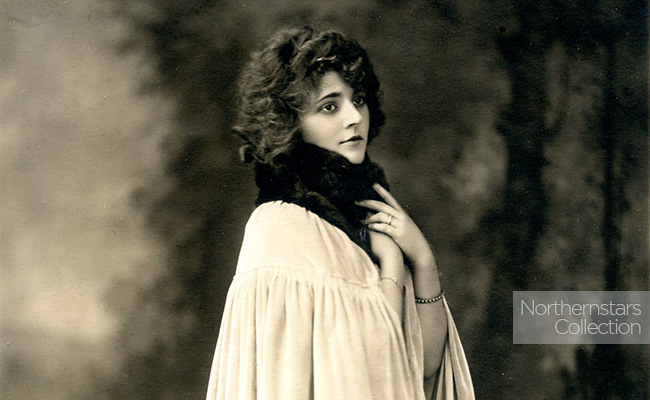Hollywood – 100 Years Ago
by Ralph Lucas – Publisher
(February 22, 2021 – Toronto, ON) When Maurie Alioff told me about his article looking at Denis Villeneuve and his success in Hollywood, I thought it might be fun to look back at some of the Canadians in Hollywood exactly 100 years ago. When this website went online in the late 1990s, it was based on a few years of research for a proposed television series titled The Canadian History of Hollywood. Hollywood, as a film production centre, would have happened anyway, but the impact of Canadians in Hollywood’s development and growth shaped the foundations of the industry we know today.
One the biggest stars of the era was Toronto-born Mary Pickford, who had long been tagged as America’s Sweetheart or The World’s Sweetheart. By 1921 she was far less busy than she had been. In her debut year, 1909, she made 41 films, all one-reelers, or as we call them today, short movies. Exactly 100 years ago in 1921 she only made three films, all features, and of course all silent movies. The Love Light, Through the Back Door and pictured above, Little Lord Fauntleroy. She would only make 11 more films between 1921 and 1933 when she made her last film, Secrets.

Her younger brother, Jack Pickford had a hit and miss career in Hollywood and was severely depressed following the death of his wife, the actress Olive Thomas in September of 1920. Mary tried to get his career going again. She hired her brother to co-direct with Alfred E. Green a picture titled Through the Back Door. Released in 1921, it is, as far as we know, the only film Jack Pickford directed. A melodrama with big sets and beautiful camera work it produced only a modest gross of $774,064.

Director Allan Dwan worked with both Mary Pickford and her husband at the time, Douglas Fairbanks. He was a major innovator in early cinema. He would “see” a shot, or sequence, in a certain way and then figure out how to get that shot. He is credited with supervising the world’s first crane shot and America’s first dolly shot, both in 1915. This innovation paid off when he was directing Mary Pickford in another movie, A Girl of Yesterday. One scene called for the villain to abduct Pickford and fly her off in an airplane. In 1915, flying was far from safe and her often overbearing mother, Charlotte Smith, laid down the law that the plane could not fly more than 100 feet off the ground. Dawn got around this by having the plane fly parallel to a road high atop the Griffith Park hills. While technically the plane was never more than 100 feet above the park, the sequence, filmed from a camera car, looked like it was shot in mid-air, thousands of feet above the ground. He made 8 films in the 1920s and one of them was the big budget—for the time—feature Robin Hood in 1921, which starred Douglas Fairbanks. As a side note, when fellow Canadian Marie Dressler had been banned on Broadway and in Hollywood for her support of unionizing chorus performers, it was Allen Dwan would had enough clout to bring her back from near obscurity in 1927.

Mary Pickford won the first Best Actress Oscar® and Montreal-born Norma Shearer (pictured) won the second. The difference was Norma Shearer’s career was just beginning as Mary Pickford was slowing down. She made six films in her debut year, 1920 and four in 1922 but only one in 1921, something titled The Leather Pushers, it was part of a series of six two-reel shorts, but wasn’t released until 1922.
Another big name in Hollywood and acknowledged as the world’s first movie star, Hamilton-born Florence Lawrence made 64 movies when her career began in 1909, but only 3 in the 1920s and none in 1921. Fay Wray started her career in 1923 with Gasoline Love and her most famous film, King Kong was released in 1933.

Marie Prevost started out in life as Mary Bickford Dunn in Sarnia, Ontario and started out in the movies in 1916 with just one film, Unto Those Who Sinned. Her busiest year was 1919 with 13 films. She worked for another Canadian, actor-director Mack Sennett but was lured away by Universal where she almost immediately became a huge star of the silent screen. An embodiment of the so-called Jazz Age in films like 1921’s Moonlight Follies, one of three films she made that year along with Nobody’s Fool and A Parisian Scandal. One year later she made The Married Flapper and Kissed. Marie Prevost came to a sad end, but that’s not for this article.
Speaking of Mack Sennett he directed only one film in 1921, Home Talent. Little known actress, Montreal-born Pauline Garon began her career in 1920 and in 1921 also made only one film, The Power Within. She survived the arrival of sound and continued to work all through the 1930s, but by the end of the decade her career was really over. She made only two films in the 1940s and one of them was the Greer Garson / Walter Pidgeon film, How Green Was My Valley. Her final film was the 1950 release Bunco Squad.

Canadian Nell Shipman made her most important film, Back to God’s Country in 1919 and 100 years ago she released A Bear, A Boy and a Dog and followed that with The Girl from God’s Country. It was the first film from the newly formed Nell Shipman Productions and according to most film historians it was a financial disaster.

The busiest Canadian on this list was Claire Adams, who was born in Winnipeg in 1898. A leading lady of the silent era, she made five films in her debut year 1919, seven films in 1920 and 100 years ago Claire Adams appeared in The Spenders, Man of the Forest, The Killer, The Lure of Egypt, A Certain Rich Man and The Mysterious Rider. Her career ended in 1927. When her husband, producer Benjamin Hampton died in 1932 Adams was left a fortune and never had to work again. She ultimately remarried and moved to Australia.
There were many other Canadians in Hollywood at that time. Actors Huntley Gordon and Frederick A. Thompson, directors John S. Robertson and William James Craft, to name just a few. Today there are hundreds (thousands?) of Canadian actors, actresses, screenwriters, directors, animators, agents and more working and looking for work in Hollywood. The draw of Hollywood is in part just the word itself, but it is also its long history as the world centre of film production. As much as we have vibrant production centres in Montreal, Toronto, Vancouver and all points east, west and north, Hollywood will remain the magnet it has always been…almost from the very beginning of filmmaking.
![]() Ralph Lucas is the founder and publisher of Northernstars.ca. He began writing about film and reviewing movies while in radio in Montreal in the mid-1970s.
Ralph Lucas is the founder and publisher of Northernstars.ca. He began writing about film and reviewing movies while in radio in Montreal in the mid-1970s.


